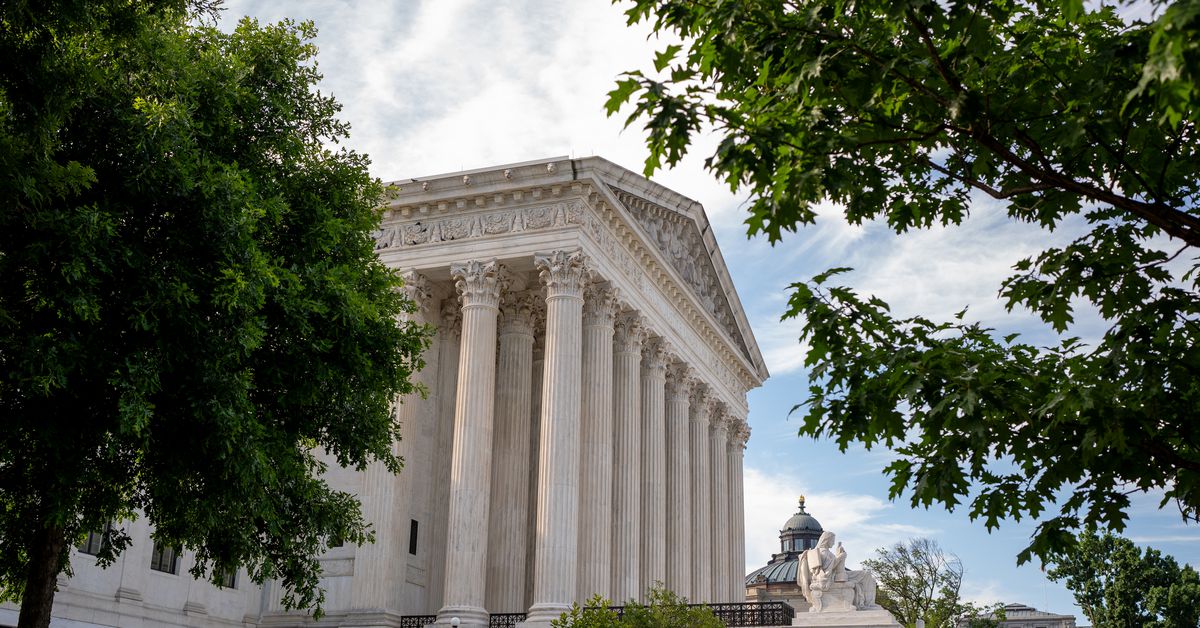The Supreme Court decided to press pause on the Environmental Protection Agency’s plan to prevent smog-forming pollutants from drifting across state borders.
Ohio, Indiana, West Virginia, and various trade organizations including fossil fuel industry groups asked the Supreme Court to issue a stay on the plan while they contest the EPA’s actions in lower courts. SCOTUS agreed to put the plan on hold today in its opinion on Ohio v. Environmental Protection Agency. Five justices voted in favor of halting implementation for now, while the remaining justices dissented.
“If anything, we see one reason for caution after another,” Justice Neil Gorsuch writes in his opinion.
“If anything, we see one reason for caution after another.”
While the stay is temporary, the decision signals that the conservative-leaning Supreme Court is likely to rule in favor of states opposing the EPA’s plan if the issue makes it to the nation’s highest court again for a final decision on the plan’s legal merit. That could make it harder to improve air quality across the nation since air pollutants typically don’t stay in one place.
The EPA’s Good Neighbor Plan compels 23 “upwind” states to curb certain pollutants from power plants and other industrial facilities before it drifts to other states downwind of them. It applies to nitrogen oxides, a key ingredient for smog (also called ground-level ozone), and replaces state plans that the EPA found to fall short of updated national air quality standards. The EPA expects its plan to prevent 1,300 premature deaths and more than 2,300 hospital and emergency room visits in 2026. It’s also supposed to ensure that those downwind states aren’t burdened by pollution they didn’t create and are able to meet national air quality standards despite their geographic disadvantage.
The rules wouldn’t be fully enforced until 2026, but many states were quick to object. Lower courts have already stayed the plan in 12 states challenging the EPA. The remaining 11 states, Ohio and its fellow plaintiffs say, would face “irreparable, economic injuries” if forced to comply. They also argue that the EPA’s measures would put undue pressure on the power grid and wouldn’t make sense to start to implement since they believe the plan will ultimately get struck down in court.
The legal battle is still playing out in lower courts, which is why some justices opposed weighing in on the matter preemptively.
But the decision issued today by SCOTUS doesn’t bode well for the Good Neighbor Plan as the EPA fights to keep it alive. The Biden administration could also lose this battle outside of court if voters reelect Donald Trump. The Trump administration attempted to roll back more than 100 environmental regulations during his term in office.

